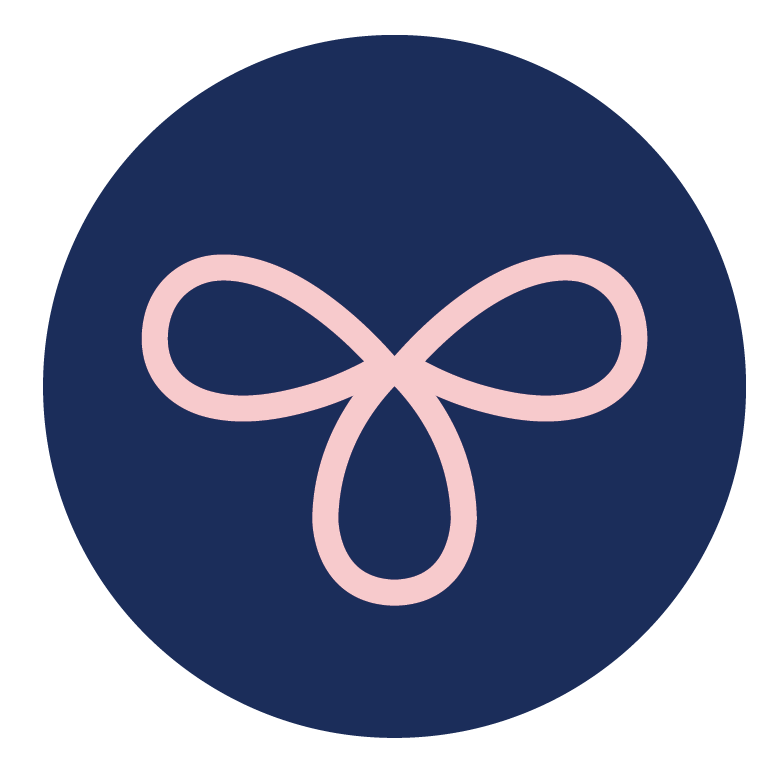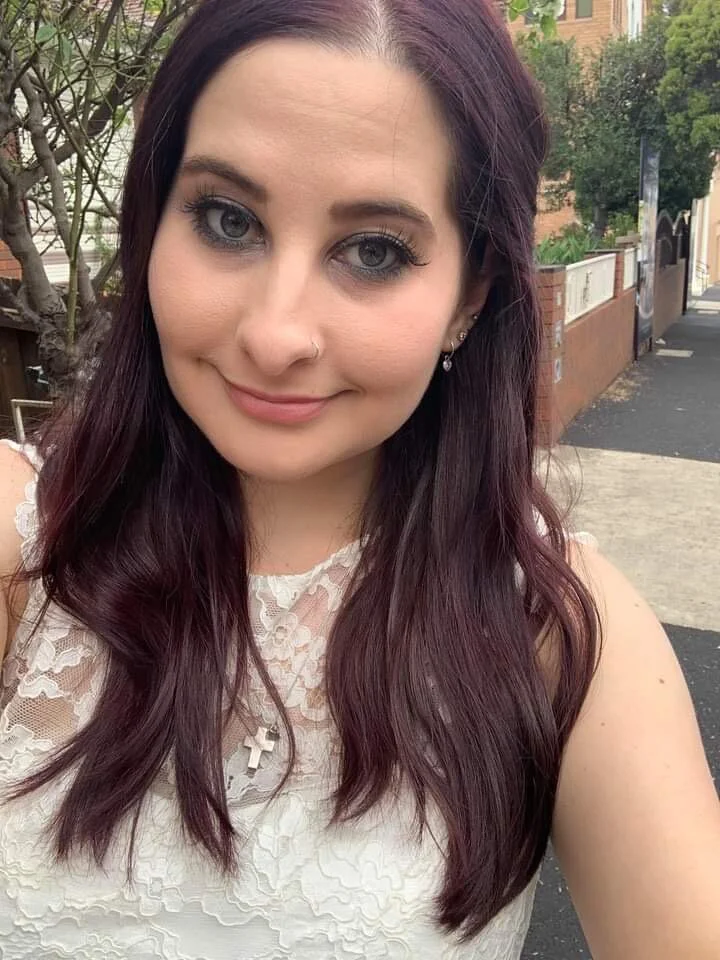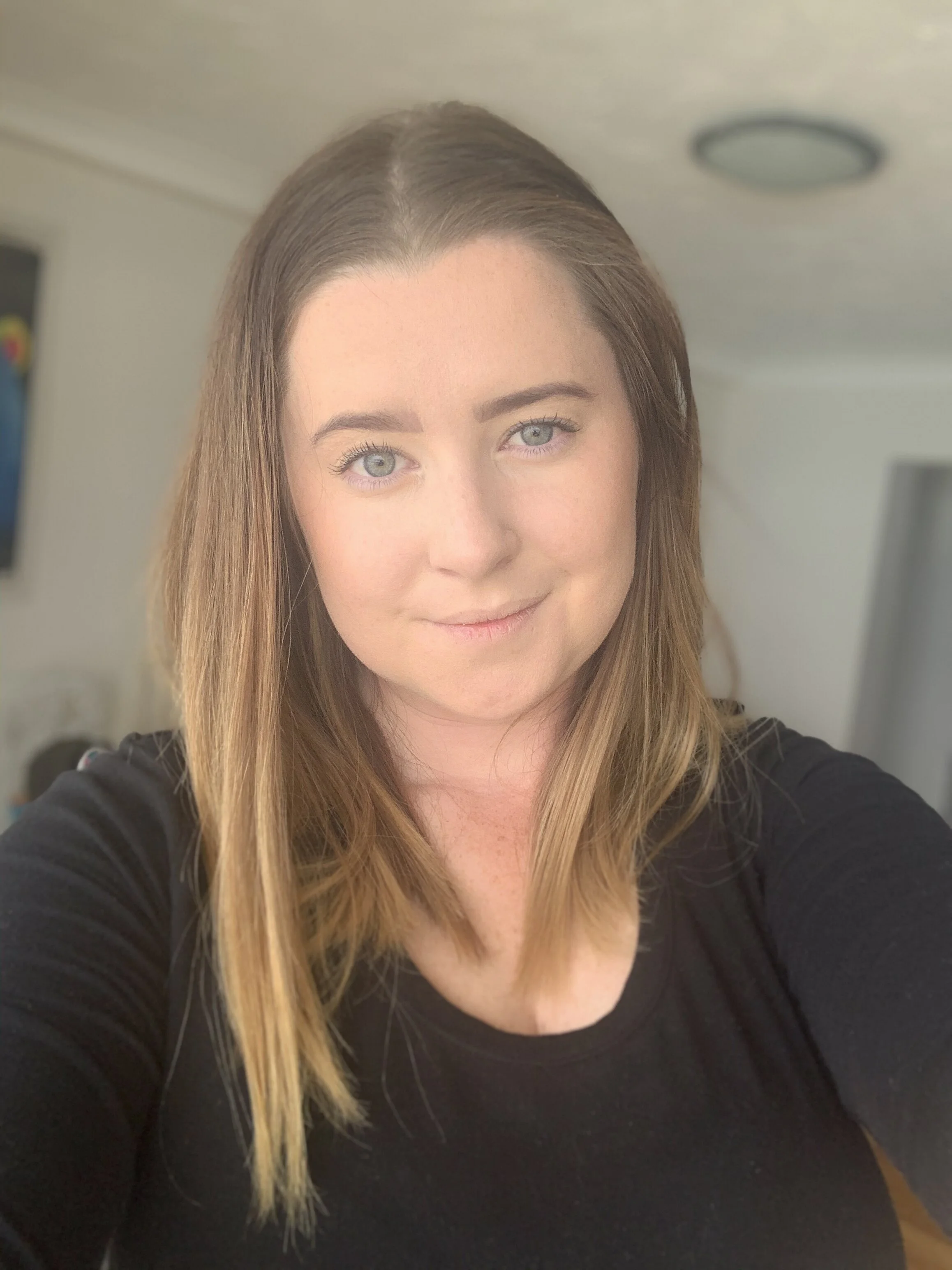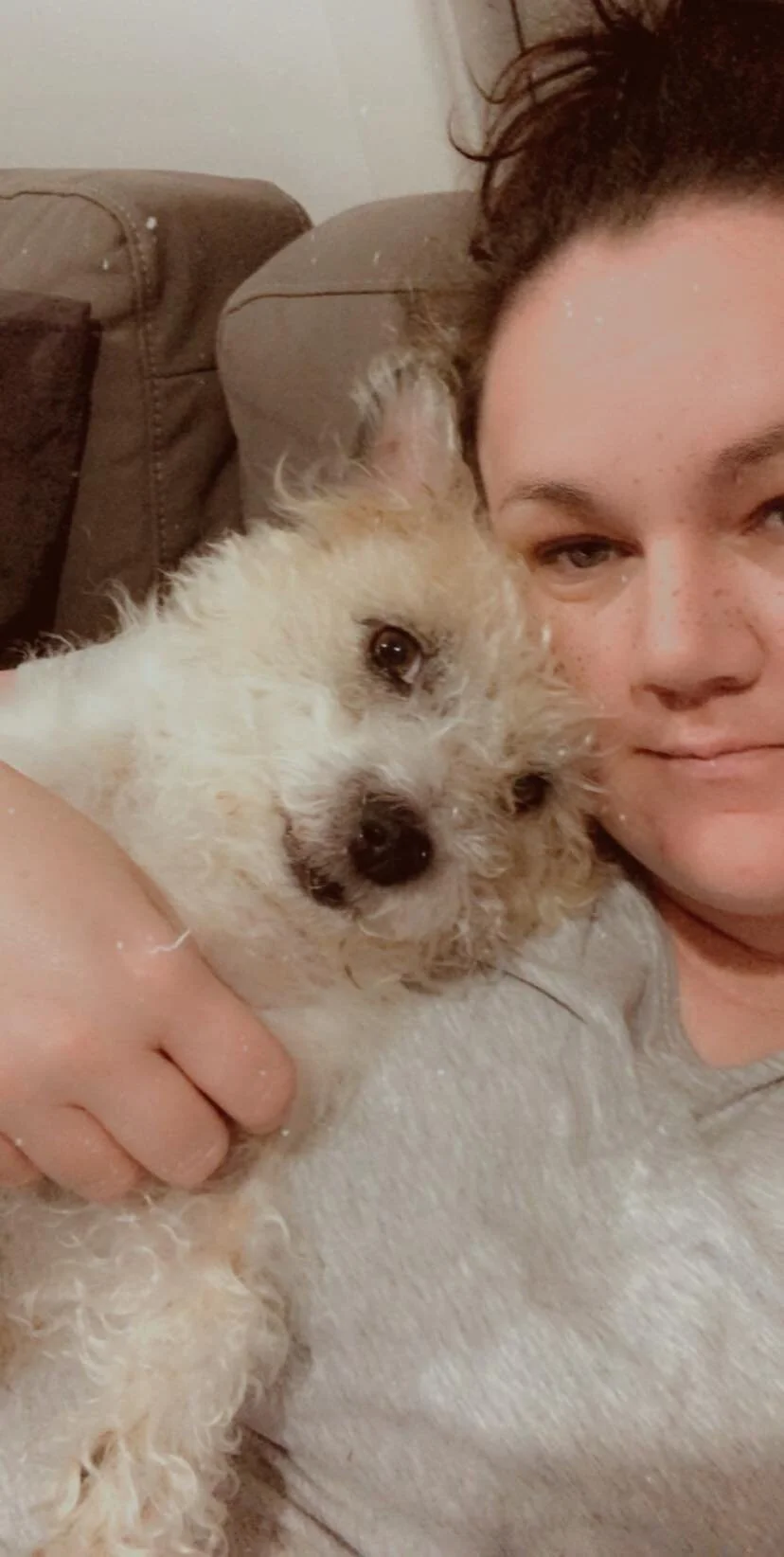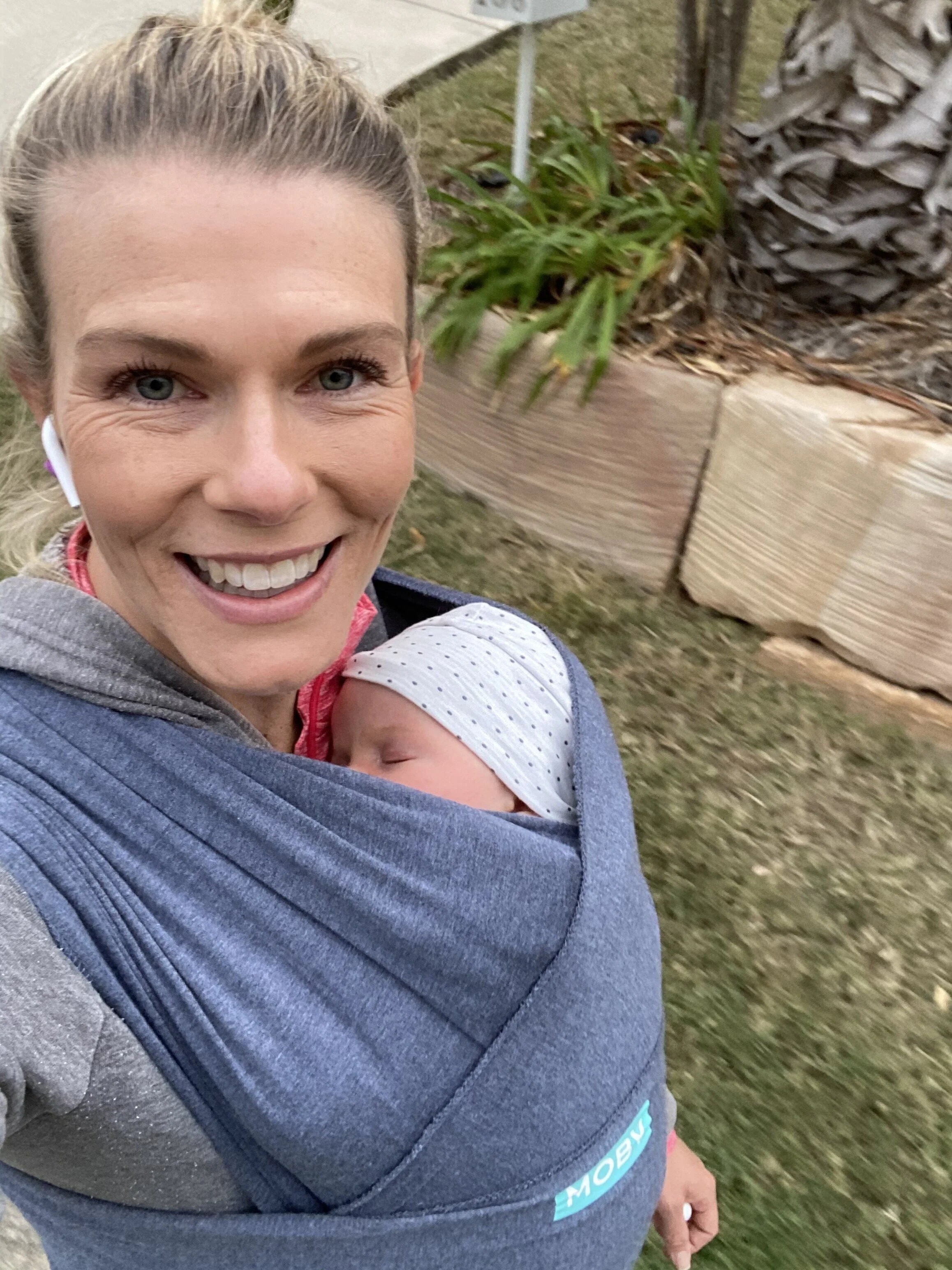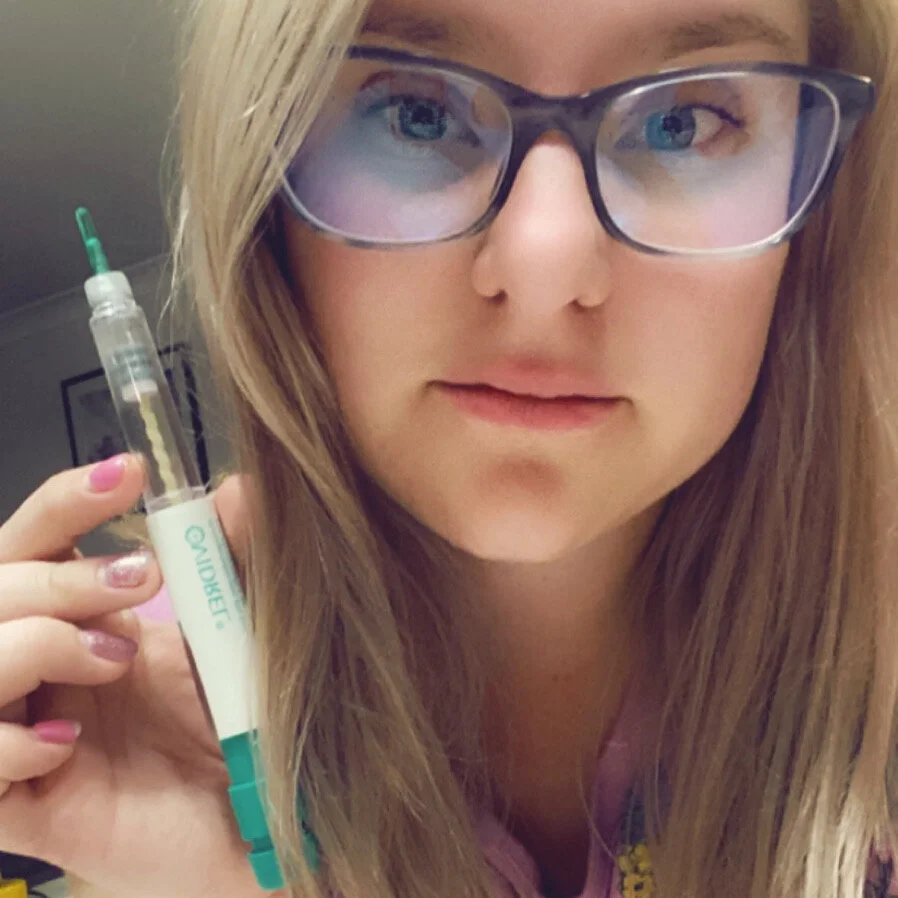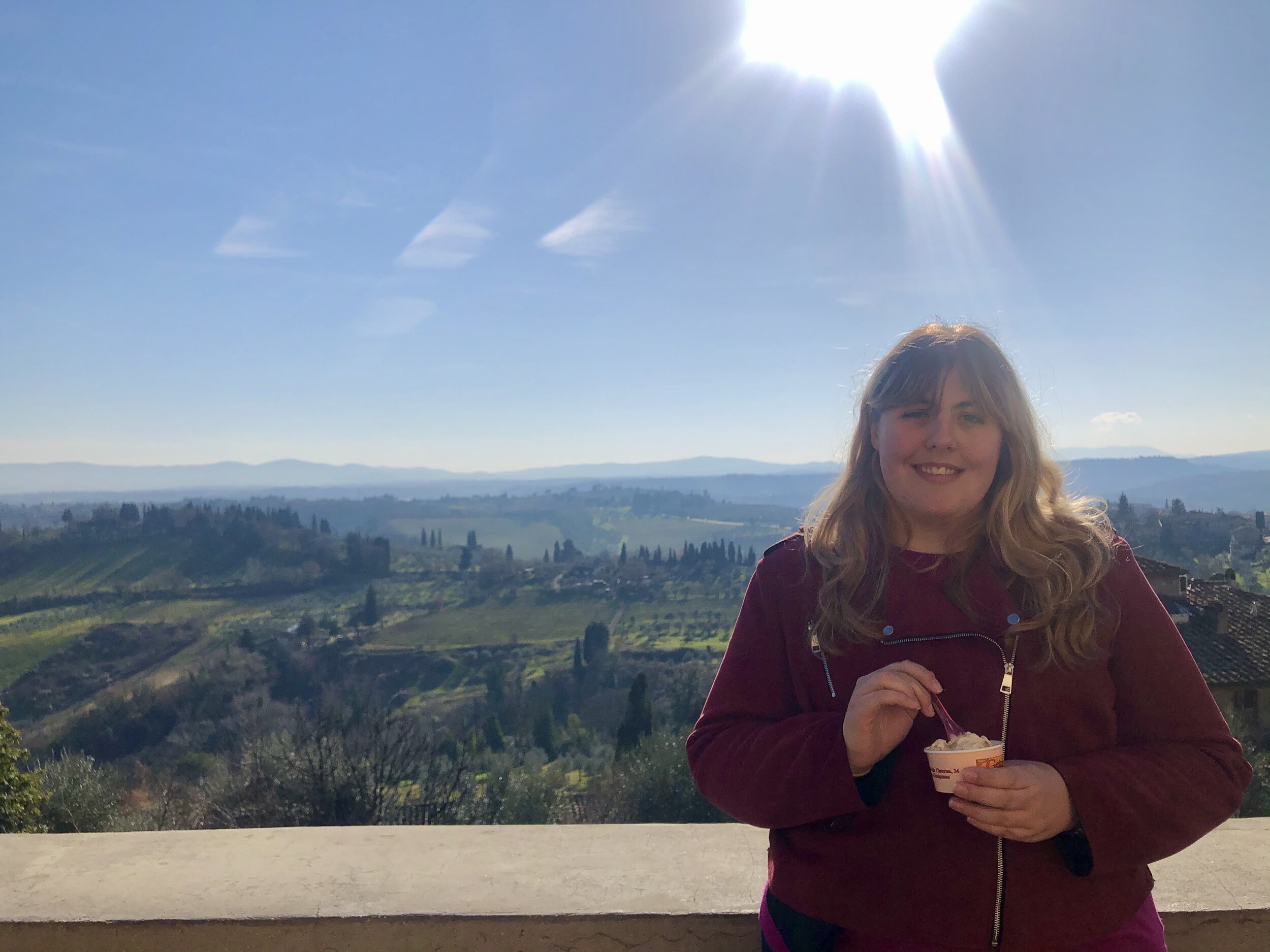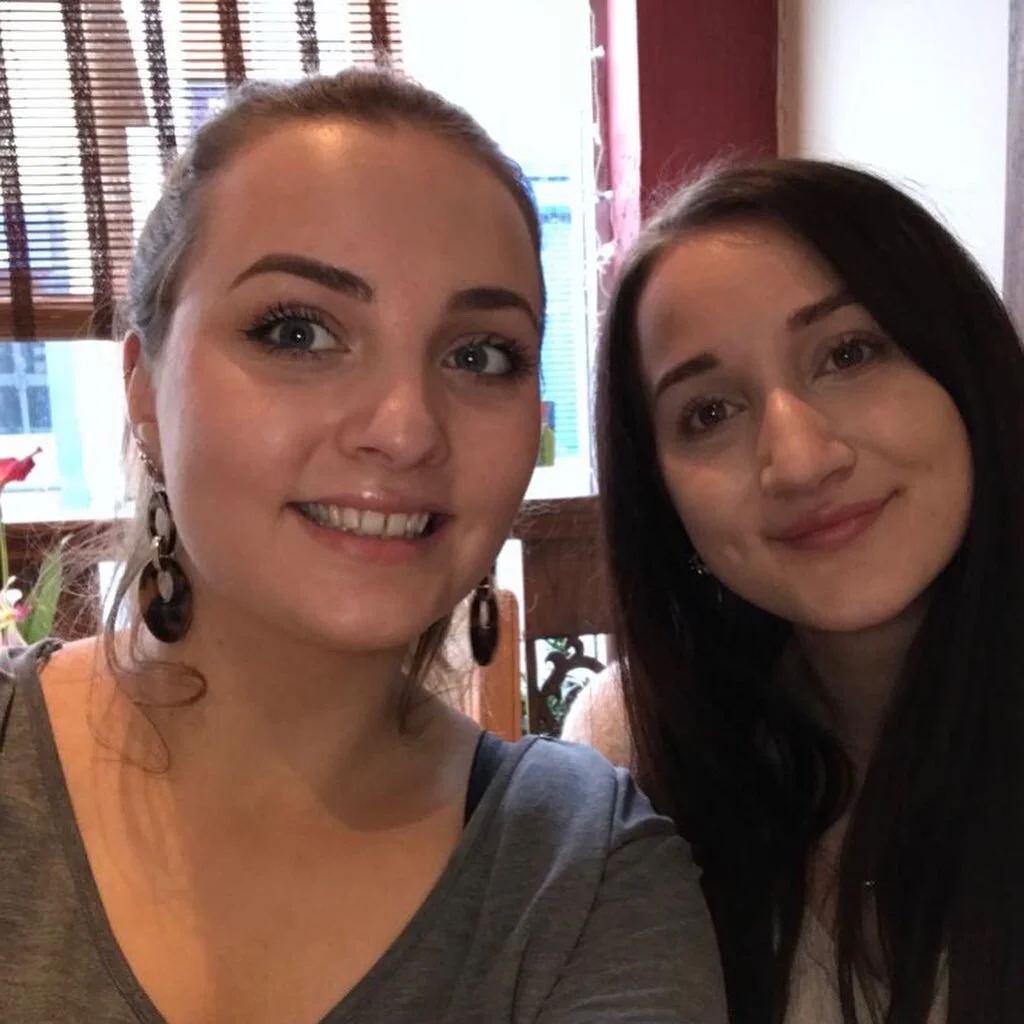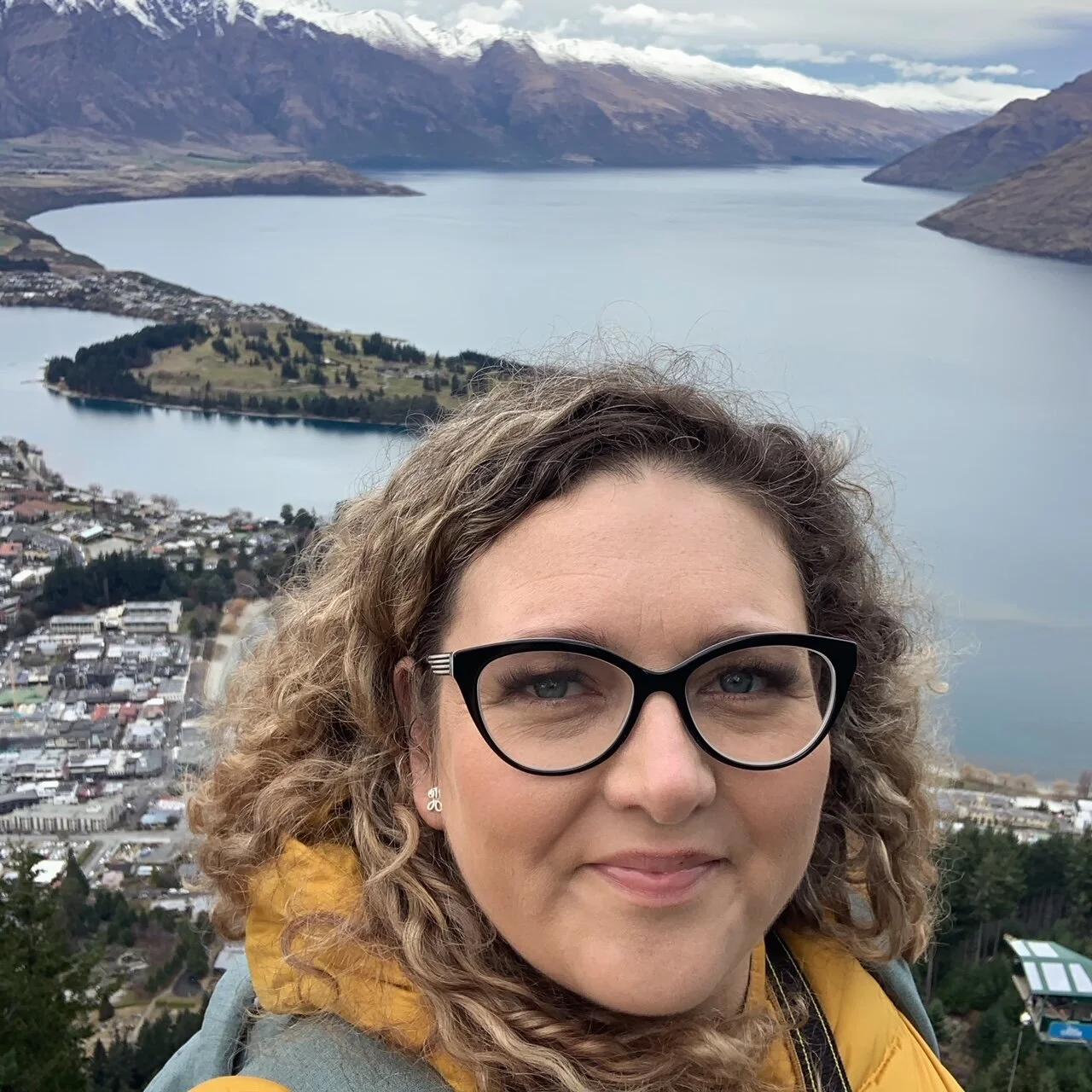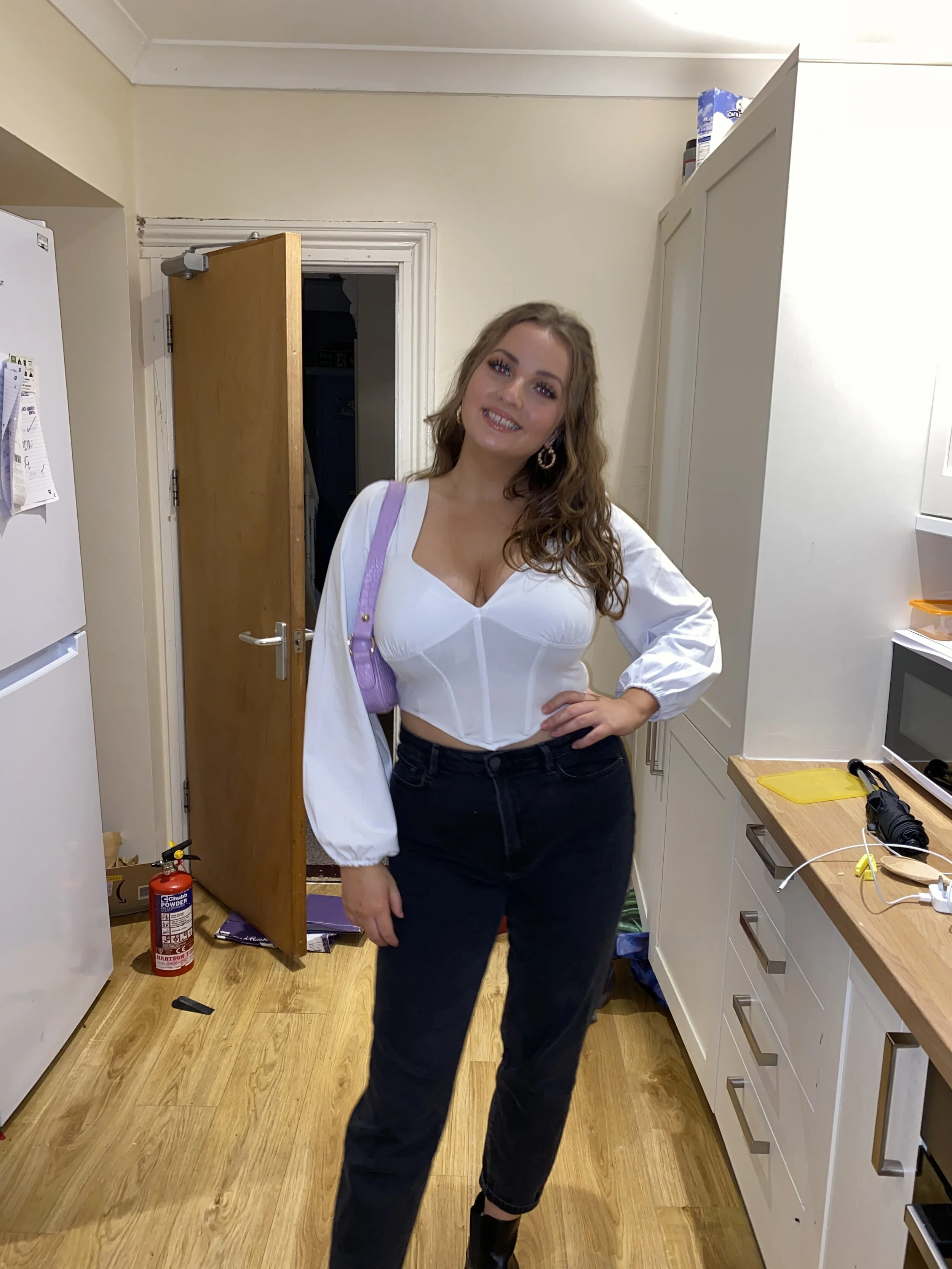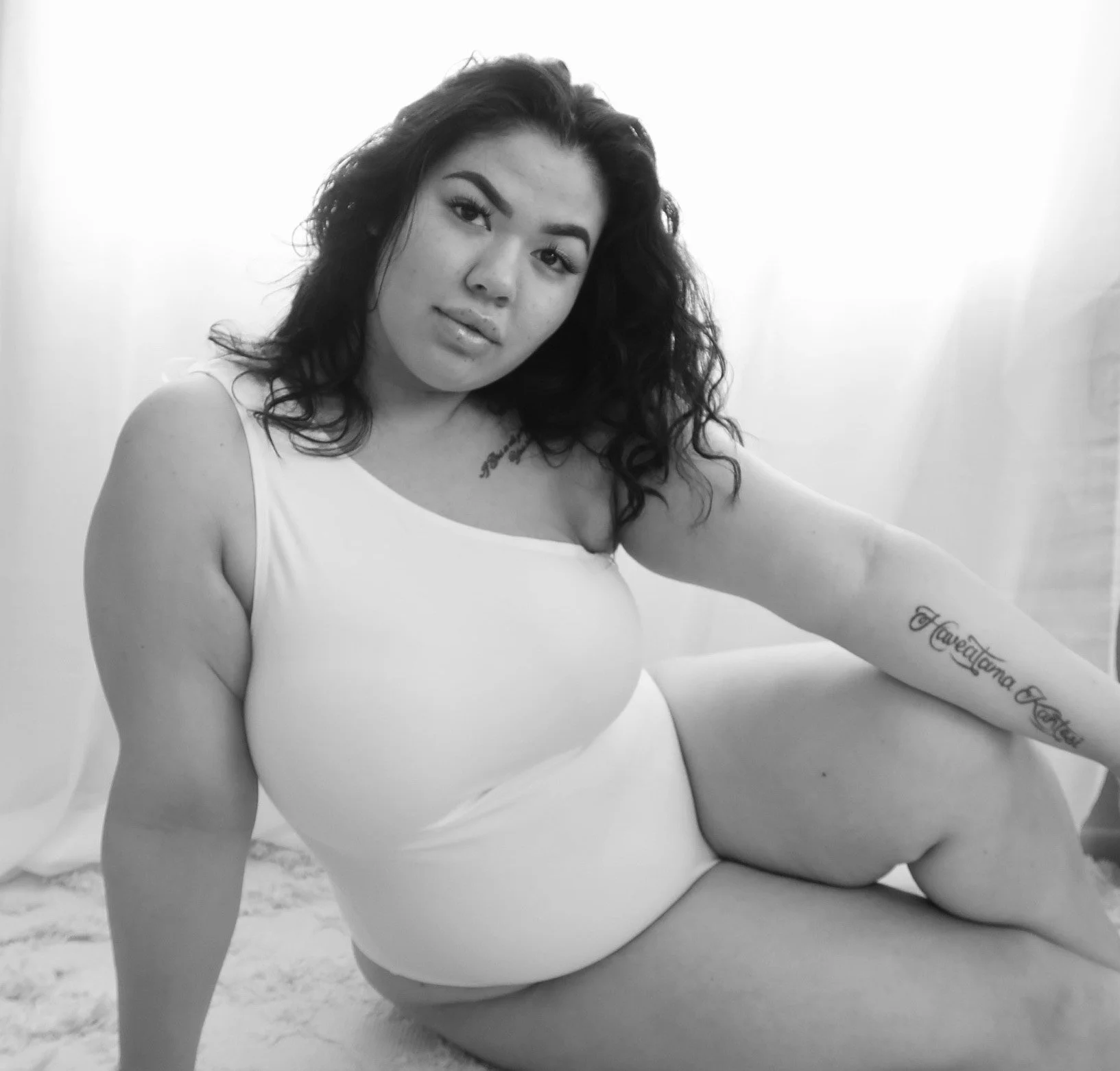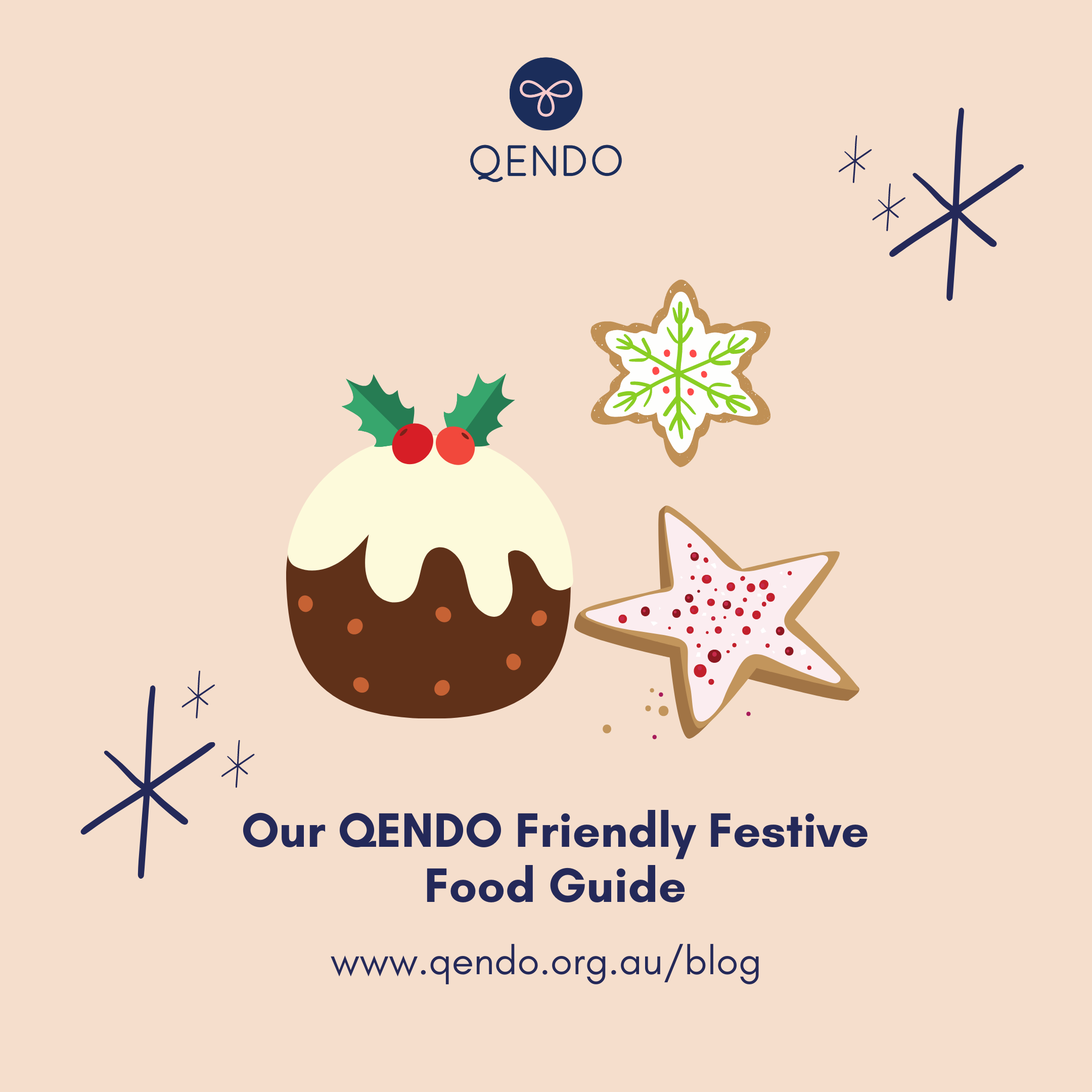View by Month
- October 2024
- September 2024
- August 2024
- July 2024
- November 2023
- October 2023
- July 2023
- November 2022
- October 2022
- June 2022
- April 2022
- March 2022
- February 2022
- January 2022
- December 2021
- November 2021
- October 2021
- September 2021
- August 2021
- July 2021
- June 2021
- May 2021
- April 2021
- March 2021
- February 2021
- January 2021
- December 2020
- November 2020
- October 2020
- September 2020
- August 2020
- July 2020
- June 2020
- May 2020
- April 2020
- March 2020
- February 2020
- January 2020
- December 2019
- November 2019
- October 2019
- September 2019
- August 2019
- July 2019
- June 2019
- May 2019
- April 2019
- March 2019
- February 2019
- January 2019
- December 2018
- November 2018
- October 2018
- September 2018
- August 2018
- July 2018
- May 2018
- April 2018
- March 2018
- December 2017
- November 2017
- October 2017
- July 2017
- May 2017
- April 2017
- March 2017
What It Cost Me: Spending Time With Endo
Endometriosis is expensive. Receiving a diagnosis, managing our condition, taking time off work, cancelling plans, trying a new treatment, another surgery - they cost us, and not just financially. We don’t talk about these costs - in the same way we’re taught to speak in hushed tones about our periods, we’re told it’s not polite to talk about money. But we need to. This month, for Endometriosis Awareness Month, QENDO is shining a light on all the things endo has cost our community - both the tangible and intangible costs. This month we continue to ask: why, in 2021, does it cost so much to be diagnosed with, and manage, a disease that affects 1 in 10? This week we’re talking about the cost of endometriosis with Lauren, our QENDO Mentor Program Coordinator and a registered nurse. Lauren talks about the investment of time she has made in managing her symptoms and illness, and highlights some of the ongoing expenses associated with endometriosis, the kind that inevitably add up.
Breaking Down the Stigma with Mel McInerney
Endometriosis affects 1 in 10 people born with a uterus. It’s a disease that’s as common as asthma or diabetes and yet there is still a discomfort in talking about the many different facets of the disease. It’s thanks to those of us in the endometriosis community who share our stories and start the conversation that this has begun to change. During Endometriosis Awareness Month, we’re breaking the stigma and shining a light on the many different endometriosis stories within our community. In today’s blog we hear from Melissa, a travel lover from Tipperary, Ireland who now calls the Gold Coast home. Mel was diagnosed with endometriosis, and eventually PCOS, after a journey that started with her first laparoscopy at just fifteen.
What It Cost Me: More Than Money
This month at QENDO we’ve been shining a light on some of the costs associated with having endometriosis, because it’s something we just don’t talk about enough. What about when endometriosis costs you more than those financial costs? Katie Wilson shares about just this in today’s blog, which explores her journey with endometriosis and chronic pain from a young age, and the barriers she has faced as a result. Endometriosis can be undoubtedly expensive, but money is just the beginning of what it may cost us.
What It Cost Me: Endo in the Outback
Around 29% of Australians live in a rural or remote area, with the Australian Institute of Health and Welfare identifying that access to services in these areas is a key factor which contributes to poorer health outcomes (AIHW, 2018). For those affected by endometriosis in these areas, there is not simply limited access to services, there is often no access whatsoever to specialist endometriosis care, necessitating travel into regional hubs or major cities hundreds of kilometres from home to simply seek an opinion. In this blog we hear from Prue Luck, a pharmacist living on a property in central Queensland, two hours from the nearest regional town. Prue shares her experience of living with endo in the outback and shines a light on a huge added cost associated with her treatment after travelling to Brisbane to get the expert care she needed.
Bec's Endometriosis and Infertility Story
Rebecca Malon is a Brisbane based osteopath and clinical nutritionist in women’s health, and is passionate about empowering people to nourish their bodies and live life to the fullest, without compromise. Bec comes to this place of passion and knowledge from her own experiences with endometriosis and infertility, a space where she was keen to create change. Like many affected by endometriosis, Bec was assured many of her most problematic symptoms were normal and upon receiving her diagnosis initially found it hard to accept that she even had endometriosis. As part of Endometriosis Awareness Month, Bec shares her journey to diagnosis and through infertility in the hopes that it will help others who may be affected by endometriosis, infertility or recurrent miscarriages.
CW: This post deals with the topics of IVF, infertility and pregnancy loss. If any of these topics are triggering for you, consider returning to this post at another time and reaching out to your support network.
Ash's Journey to Baby Two
For Endometriosis Awareness Month, QENDO has been shining a light on the often unspoken costs of endometriosis, both financial and personal, bringing attention to the many stories within the endometriosis community. The personal cost of an infertility diagnosis associated with endometriosis, and the often co-occurring conditions of either adenomyosis or PCOS, is all too real, and one that needs to be spoken about. QENDO Treasurer, and Darling Downs/Women’s Health Expo Facilitator Ash Webb shares her experience with infertility and the emotional journey to baby number two. Ash shares her story in the hopes that others experiencing infertility know they have a support network in QENDO and the TTC community - a support that she has found invaluable during this time.
CW: This post covers pregnancy, IVF and infertility. If you’re currently struggling with any of these subjects and any of these may be triggering for you, you may need to revisit this post at another time and reach out to your support network.
Megan's Endometriosis Story
March is Endometriosis Awareness Month, and at QENDO we’re sharing stories from the 1 in 10 people affected by endometriosis in our community. This week we travel to our New Zealand community and meet Meg, who has had a long and eventful journey with endo, undergoing multiple surgeries before being officially diagnosed. Though her endo has been challenging in every aspect of her life, Meg has still managed to achieve the amazing feat of completing a half Ironman - a lifelong dream. This March she is competing again, all while raising awareness for endometriosis - team QENDO is cheering.
What It Cost Me: The Facts
This month, for Endometriosis Awareness Month, QENDO is shining a light on all the things endo has cost our community - both the tangible and intangible costs. Join us this month in asking: why, in 2021, does it cost so much to be diagnosed with, and manage, a disease that affects 1 in 10? Our What It Cost Me theme continues with physiotherapist Lauren Goodwin, who takes us through some of the facts and statistics surrounding the cost of endometriosis, interwoven with her own personal journey.
Endometriosis Looks Like Me: Making the Invisible, Visible
The endometriosis community is incredibly diverse, with each individual’s unique story part of the rich tapestry of endometriosis awareness. Endometriosis is often plagued by the myths that surround it: endometriosis is just a bad period, endometriosis means you can’t have children, endometriosis only effects women, endometriosis can be cured by pregnancy, endometriosis is a career woman’s disease…and so on. These myths perpetuate an image of what an individual with the illness looks like, but the reality is so much more diverse. In “Endometriosis Looks Like Me” we challenge the notion that endo looks like just one thing, and present the many varied facets of a life, and an individual, with endometriosis. In this blog we meet Giorgia Mori, an Italian woman living in Brisbane, a researcher and scientist, a mother. Giorgia is passionate about making the invisible side of endometriosis visible through creative works, and in this blog she generously shares her story and a thought provoking video about the reality of invisible illness.
"Another Two Years of Wondering...Do I Even Have Endo?": What It Cost Me
Endometriosis is expensive. Receiving a diagnosis, managing our condition, taking time off work, cancelling plans, trying a new treatment, another surgery - they cost us, and not just financially. We don’t talk about these costs - in the same way we’re taught to speak in hushed tones about our periods, we’re told it’s not polite to talk about money. But we need to. This month, for Endometriosis Awareness Month, QENDO is shining a light on all the things endo has cost our community - both the tangible and intangible costs. Join us this month in asking: why, in 2021, does it cost so much to be diagnosed with, and manage, a disease that affects 1 in 10? To kick off QENDO March, our support coordinator Dannielle tells the story of her endometriosis diagnosis, and how the financial cost was both a major barrier to diagnosis and added almost two years to her diagnostic delay.
The Benefits of Counselling (Part 3)
Did you know that QENDO now offers a counselling service for those affected by endometriosis, adenomyosis, PCOS and infertility? This service is tailored specifically to the needs of our chronic illness community to provide that extra level of personal support you may need. In part three of our three part series on the benefits of counselling, Amanda explores the “where” and “when” - including the different formats of counselling, some tips for those engaging with a counsellor via the digital space, and some signs that it may be time to add counselling to your chronic illness toolbox.
Talking Endo & IC With Niamh from Those Endo Sisters
Niamh is the other half of @thoseendosisters, and her sister Freya has previously shared her story on the QENDO Blog. Niamh’s journey started at the age of fourteen, and at 23 she was diagnosed with both pelvic and diaphragmatic endometriosis and interstitial cystitis, after years of heavy bleeding, severe pelvic pain, and fatigue that led to a period of her not being able to walk to work or around the shops without feeling exhausted. In this blog Niamh shares her story and her current management of both conditions to reach out to anyone else who may be experiencing the same, and reassure them that endometriosis doesn’t have to be the end of your life as you know it.
"Don't Be Afraid to Advocate For Yourself": Olivia's Endometriosis Story
Olivia’s journey to diagnosis began at the tender age of eleven when she first began experiencing symptoms. At 18 she first started to actively to pursue a diagnosis, having had enough of her debilitating symptoms. By the time she was formally diagnosed at 34, Olivia had learnt to advocate for herself, do her research, and ask for what she needed for her body. In this blog, Olivia shares this journey to diagnosis and her message of support and encouragement to others who may find her story far too familiar. You can follow Olivia on Instagram at @sisterdoinitforherself
"Not Many People Could Face What We Face Every Single Day": Talking Endo with Freya
Freya is one half of dynamic duo @thoseendosisters on Instagram, an account dedicated endometriosis and IC awareness, education and support that she and her sister Niamh started after both being diagnosed with endometriosis. Despite experiencing suspicious and ultimately painful symptoms from a young age, Freya found herself struggling to convince GPs of the seriousness of her symptoms, and as a result went without a diagnosis for years. At 21, newly diagnosed with endometriosis, she is passionate about advocacy and education, and is one of the many voices calling for change in the United Kingdom, where the diagnostic delay for endometriosis remains even greater than that of Australia. In this blog, Freya shares her story and how she now manages her condition, in the hopes that others will feel empowered to speak up when something doesn’t feel right.
The Benefits of Counselling (Part Two)
Did you know that QENDO now offers a counselling service for those affected by endometriosis, adenomyosis, PCOS and infertility? This service is tailored specifically to the needs of our chronic illness community to provide that extra level of personal support you may need. In part two of our three part series on the benefits of counselling, Amanda explores the “what” - getting into the nitty gritty of what to expect from the counselling process, the approaches your counsellor may take during your sessions, and some of the red flags that your counsellor may not be the right fit for you or your situation.
My PCOS Story with Victoria Rouru
PCOS affects 1 in 10 of reproductive age and remains surrounded in a great deal of myth and misinformation. Here at QENDO we’re helping our community to better understand the realities of PCOS by shining a light on the many voices of those affected. Today on the blog Victoria Rouru shares her PCOS story, one which has spanned 11 years. She talks about the misinformation and lack of awareness surrounding her diagnosis, her struggles with PCOS related body image, and taking control of her health. We also go back to basics on what exactly is polycystic ovarian syndrome, and what are the symptoms we need to be aware of?
The Benefits of Counselling (Part One)
QENDO support worker and counsellor Amanda Grogan recently gave a presentation as part of QENDO’s At Home series about the benefits of counselling, with mental health an essential component of any chronic illness management plan. In a three part blog series, Amanda will discuss in depth the role that counselling can have if you’ve been diagnosed with a chronic illness like endometriosis, adenomyosis, PCOS and/or infertility; covering the who, why, what, where and when. In part one, we'll cover the who and why: who are counsellors, and how do they differ from other mental health workers? And why might you see a counsellor, especially if you’re a member of the chronic illness community?
Explaining Endo: Sarah's Story
In 2020 QENDO began formally offering our support and education services in New Zealand, after many years of connecting with our friends across the water. Working with our colleagues and listening to their stories brings to light the challenges and barriers those affected by endometriosis, adenomyosis, PCOS and infertility in NZ, and how much work we can do together to improve the experiences of these chronic health warriors. One such warrior is Sarah, who has graciously shared her story with us for this blog. To launch our 2021 blog season, we’re going back to basics and #ExplainingEndo.
Our QENDO Friendly Festive Food Guide
Having a chronic condition such as endo, adeno or PCOS is hard, and unfortunately the festive season can sometimes make it even harder! Not just the increased expectations (which you definitely don’t need to buy into), social commitments, energy draining questions and explanations about your condition etc, but also if you have food intolerances, triggers or are following a specific lifestyle can be hard when it comes to festive food! So we’ve done the hard work for you and rounded up our fave QENDO friendly recipes for entree / canapés, mains, salads + sides , and desserts, so you can enjoy the holiday season and not worry about feeling sick for days afterwards (because we’ve all been there)!
